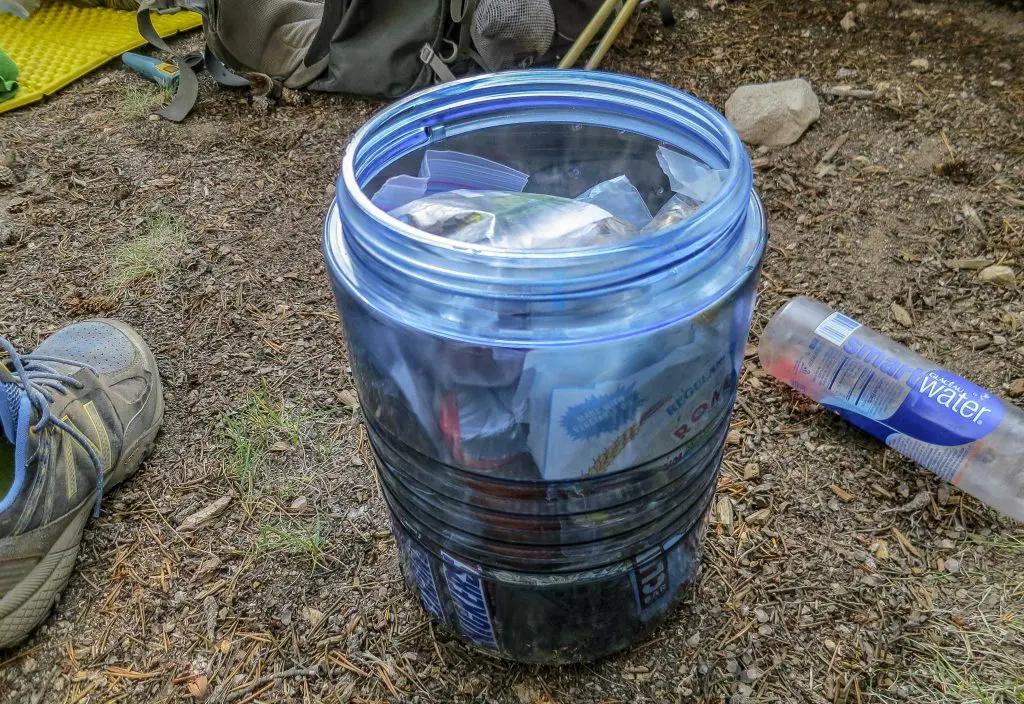Table of Contents
- Overview of Nevada’s Canister Size Regulations and Their Importance
- Detailed Age Restrictions for Canister Use in Nevada and Compliance Tips
- Navigating Legal Exceptions and Enforcement Practices in Canister Regulations
- Practical Recommendations for Safely Selecting and Using Canisters in Nevada
- Final Thoughts
Overview of Nevada’s Canister Size Regulations and Their Importance
Nevada’s regulations surrounding canister size are crafted to balance consumer protection, safety, and environmental concerns. These rules specify the maximum allowable dimensions and capacity of gas canisters sold or used within the state. By enforcing these specifications, Nevada aims to ensure that all canisters meet necessary safety standards to prevent accidents related to over-pressurization or mishandling. The limits also address practical concerns such as transportation and storage, making it easier for both retailers and users to manage these items responsibly.
Understanding these regulations is key for manufacturers, retailers, and consumers alike:
- Ensures compliance with state safety codes and reduces the risk of legal penalties.
- Promotes safer consumer usage by limiting exposure to overly large or potentially hazardous containers.
- Supports environmental stewardship by standardizing sizes that are easier to recycle and dispose of correctly.
- Facilitates a more efficient marketplace by creating uniformity and reducing confusion around product offerings.
Detailed Age Restrictions for Canister Use in Nevada and Compliance Tips
In Nevada, the use of dispensing canisters is subject to strict age restrictions designed to promote safety and responsible handling. Anyone under the age of 18 is prohibited from purchasing or possessing canisters exceeding a specific size or capacity, aligning with state regulations aimed at minimizing misuse. Retailers are required to verify age through government-issued identification before completing any sale, ensuring compliance with these mandates. Failure to adhere to age limits may result in significant legal consequences, including fines or suspension of business licenses.
For individuals and businesses seeking to remain compliant, it’s crucial to be aware of the precise dimensions and volume thresholds imposed by Nevada law. Here are some practical tips to stay within the guidelines:
- Always confirm the buyer’s age before selling canisters, using reliable ID verification methods.
- Stay updated on legal amendments, as state regulations around canister use and sizes can evolve.
- Maintain records of transactions to demonstrate compliance during possible inspections.
- Educate staff and customers about age restrictions and safety protocols related to canister handling.
Navigating Legal Exceptions and Enforcement Practices in Canister Regulations
When examining Nevada’s canister regulations, it’s crucial to recognize that certain legal exceptions may apply based on specific circumstances. For instance, some travelers qualify for exemptions due to age, disability, or other federally recognized statuses. Law enforcement agencies often have protocols in place that account for these exceptions, ensuring that compliance checks are fair and consistent. Additionally, local ordinances might provide more lenient provisions in designated zones or during particular seasons, reflecting the state’s commitment to both safety and accessibility.
Enforcement practices vary across jurisdictions but generally emphasize education alongside regulation. Officers trained in the nuances of canister laws often begin interactions by informing vehicle owners about size and age limits before issuing citations, fostering a cooperative rather than punitive environment. Key enforcement highlights include:
- Routine roadside inspections incorporating random canister size checks.
- Collaborations between state and local authorities to standardize penalties.
- Use of modern measuring tools to ensure precision in assessing compliance.
- Provisions for warning notices in initial violations, aimed at encouraging corrective actions.
Practical Recommendations for Safely Selecting and Using Canisters in Nevada
When selecting canisters for use in Nevada, it’s crucial to prioritize both size and condition to ensure safety and compliance with regulations. Always choose canisters that clearly specify their maximum volume, adhering to the state’s maximum capacity limits to avoid fines or potential hazards. Additionally, verify the manufacturing and expiration dates stamped on each canister. Expired or overly aged canisters can degrade in integrity, increasing the risk of leaks or malfunctions. Consider investing in canisters that feature tags or labels confirming they have passed recent safety inspections.
Once you’ve selected an appropriate canister, safe handling and storage become essential. Maintain the canister in a cool, dry place away from direct sunlight or heat sources to preserve its structural integrity. When transporting or using canisters, ensure the valves are securely closed and protected with caps or guards to prevent accidental release. Here are additional tips to keep in mind:
- Inspect the canister before each use for any dents, rust, or corrosion.
- Do not attempt to refill a single-use canister; replace it entirely once empty.
- Follow manufacturer recommendations for safe disposal or recycling of old canisters.
Final Thoughts
Navigating Nevada’s canister size and age restrictions can initially seem complex, but understanding these regulations is essential for a safe and compliant experience. Whether you’re a seasoned outdoor enthusiast or a first-time visitor, being informed helps protect both yourself and the environment. By adhering to these guidelines, you contribute to responsible recreation that preserves Nevada’s natural beauty for years to come. Stay prepared, stay informed, and enjoy all that the Silver State has to offer-safely and responsibly.Check Our Other Blogs
- StunGun – Your Trusted Source for Stun Guns, Laws, and Self-Defense Tips
- PepperSprayLaws – Your Trusted Resource for Pepper Spray Information
- StunGunLaws – Your Trusted Guide to Stun Gun Legality and Safety




